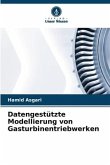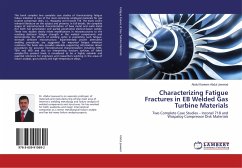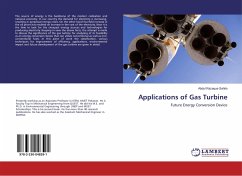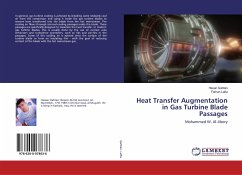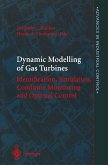Nowadays, gas turbine engines (GTE) are widely used in jet engines, oil field platforms, power plants, refineries, petrochemical plants, and gas stations for power generation. One of the best strategies to manufacture GTE with higher efficiency, durability, and reliability is to employ modelling and simulation techniques. Remarkable studies have been done so far in the area of data-driven modelling of GTE, each with its own advantages and limitations. The outcome of these activities has had significant impacts on optimization and cost-cuts of design and manufacturing processes, and improvements in the condition monitoring, operation, fault diagnosis, and maintenance planning of these systems. This book investigates and compares novel linear and nonlinear data-driven modelling of gas turbine engines. The linear models consist of Ridge, Lasso, and Multi-Task Elastic-Net models, which are built based on linear regressions. A nonlinear model of the system is set up and validated by employing recurrent neural networks (RNN). It is shown that the resulting RNN model can be applied reliably for performance prediction of the engine by following changes in the system inputs.


